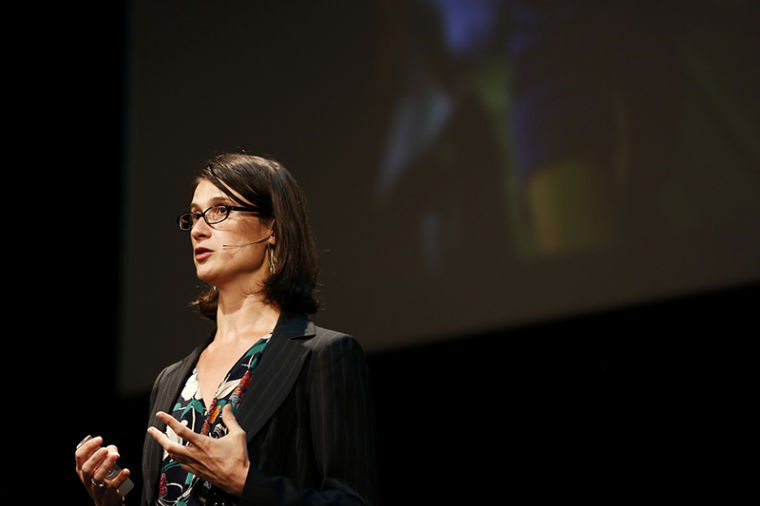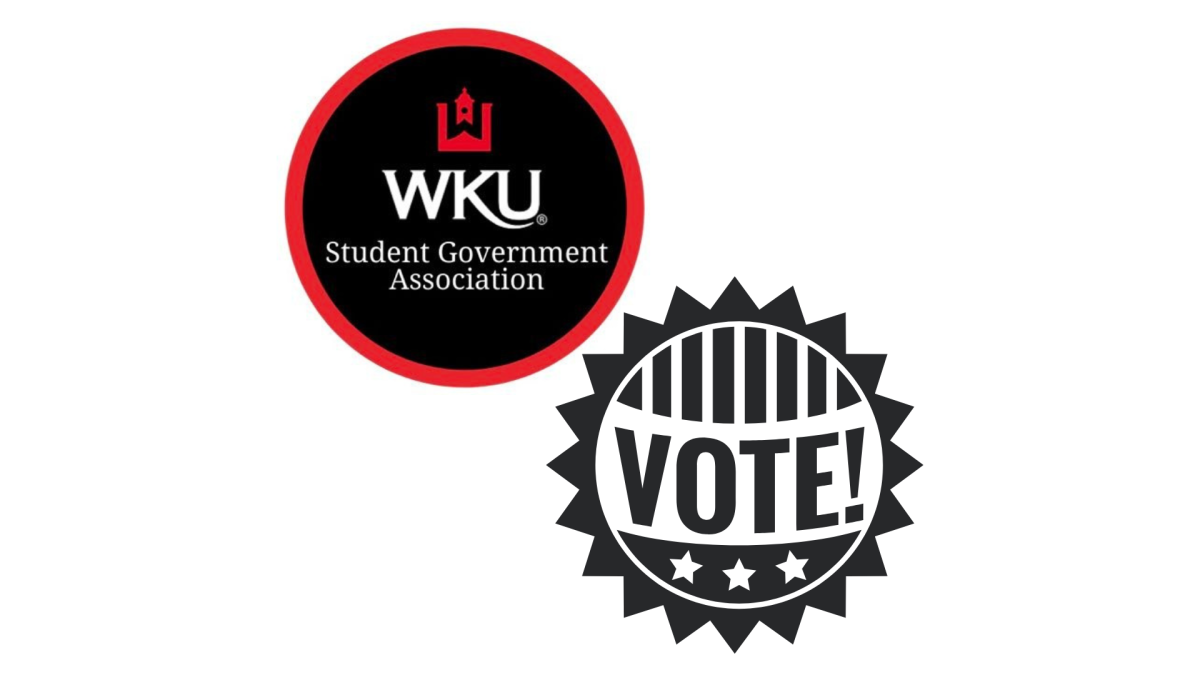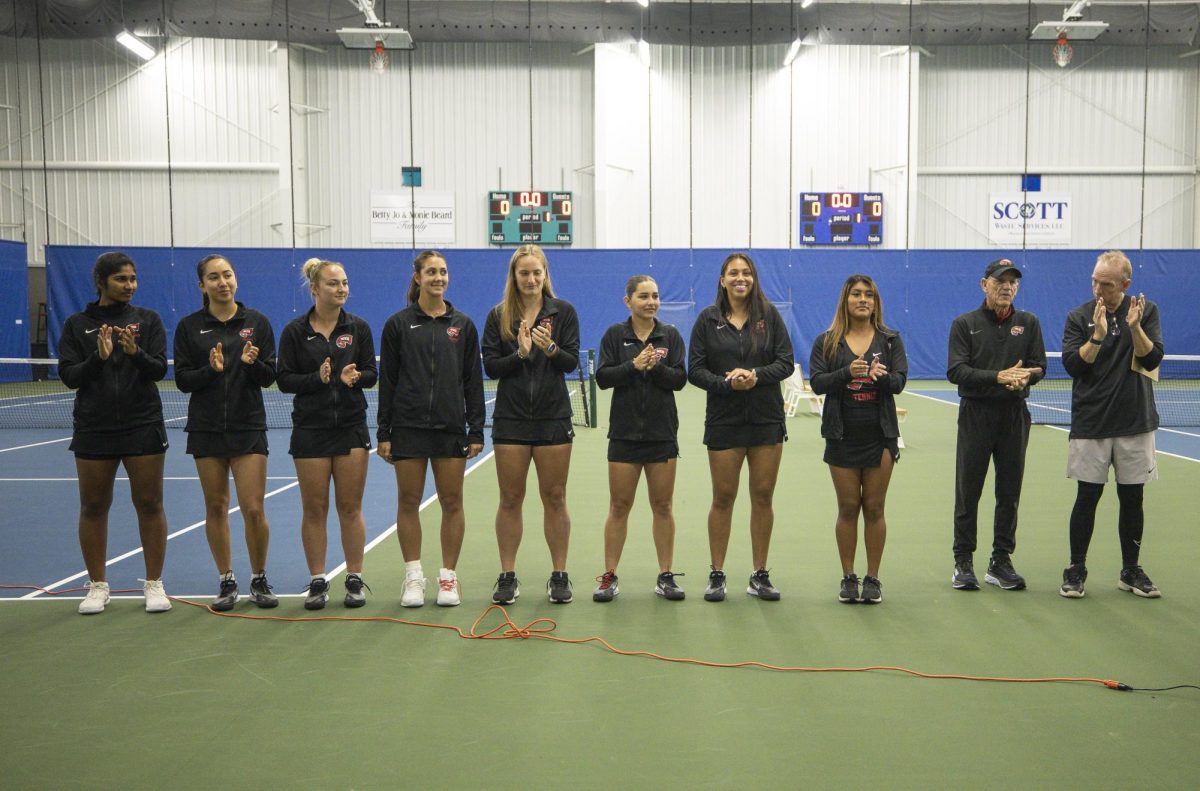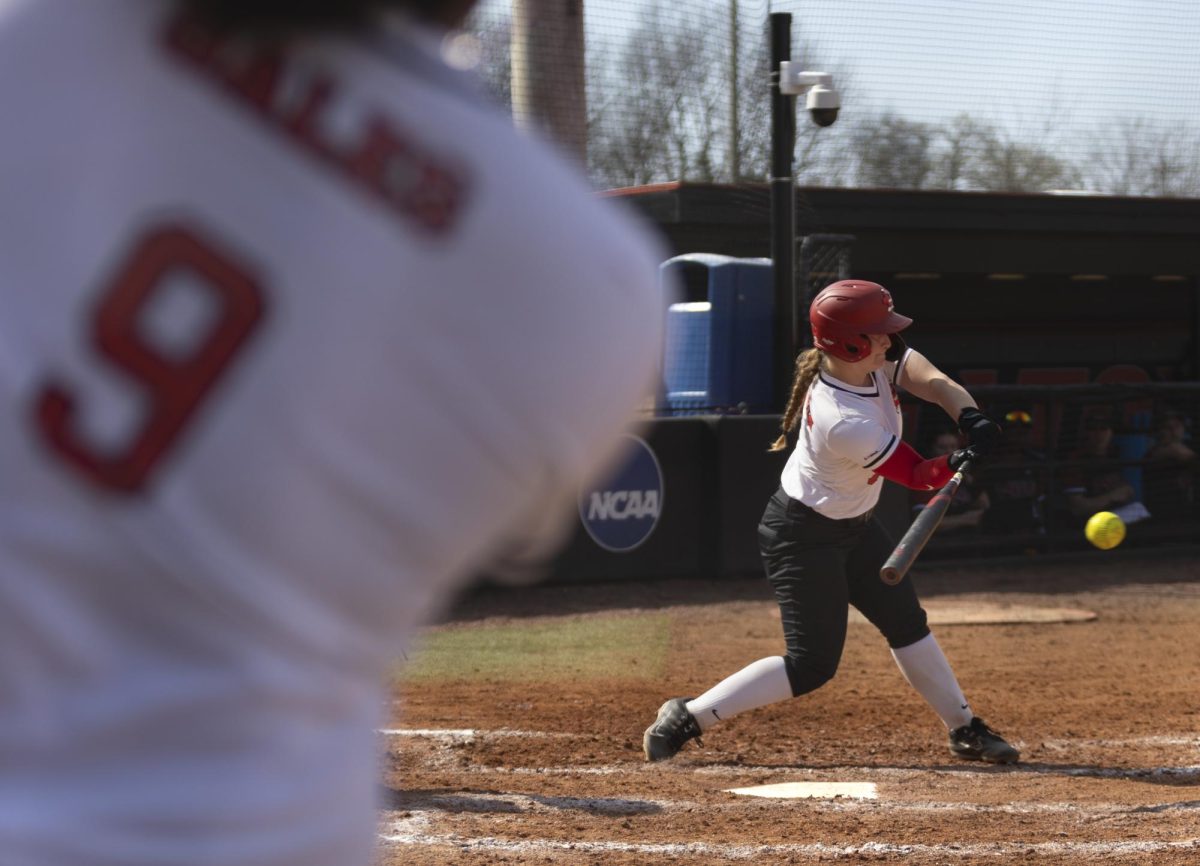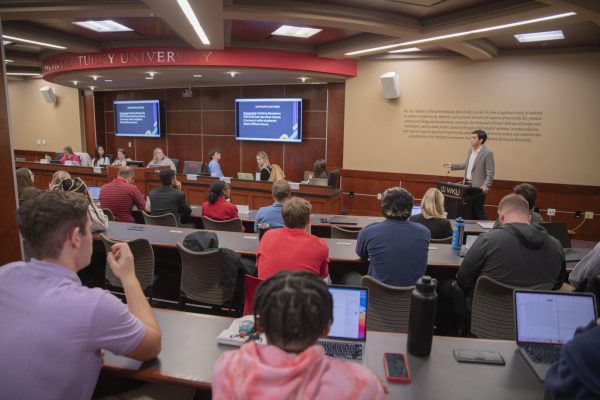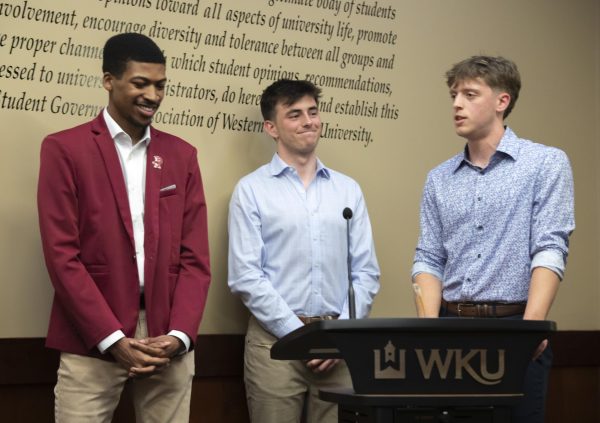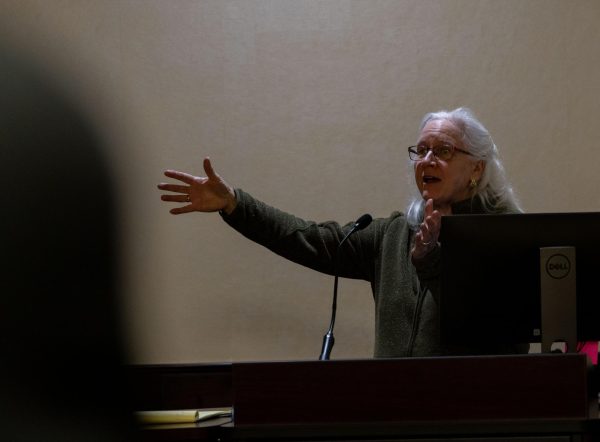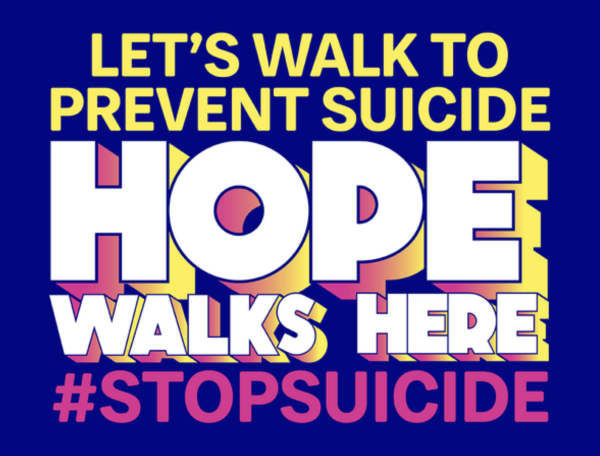‘Bully’ producer speaks on effects and prevention
September 12, 2013
On a bus surrounded by other children, one boy is singled out to be harassed, slapped and verbally abused, with other calling him names like “fish face” and “faggot.”
This is just one of the children that WKU students, faculty and members of the Bowling Green community watched in a clip from Cynthia Lowen’s award-winning documentary “Bully” in the Van Meter Hall Auditorium Tuesday night.
Sam Evans, dean of the College of Education and Behavioral Sciences, welcomed the audience before the lecture started.
“The concept of bullying is one that is prevalent in many aspects of our society,” Evans said.
The talk was part of the Mary E. Hensley Lecture Series, dedicated to an educator from Clay County who received her bachelor’s degree from WKU in 1952.
Lowen said the suicide of two children and the media response that followed motivated her to production her film. She said there needed to be a voice for those being bullied.
“…This had been something that had been going on so pervasively and yet at the same time very much under the radar,” Lowen said. “And people wanted tools to know what to do about it.”
Lowen said when she was younger she was not a bully but was unsure on how to handle bullying she witnessed.
“I was terrified that if I did anything or intervened that I was one step away from being that target myself,” she said. “So I watched it happen.”
During the lecture, Lowen showed clips from her film, one that introduces a couple who held a town hall meeting after their son took his life from bullying.
“One of the things that their experience really shows is the importance of having this dialogue as soon as possible,” Lowen said.
Another clip shown at the lecture shows a boy named Alex who Lowen described as the “center of the film.”
The clip features Alex being physically and verbally abused on a bus ride and how his family reacted after being shown the footage.
Lowen said Alex’s experience highlighted the complex issue of bullying and how peers, family and educators need to be thought of in order to effectively respond to it.
Lowen also shared several statistics and facts relating to bullying throughout the lecture.
“Eighty five percent of the time when bullying occurs peers are present, but only 10 of the time do they intervene,” Lowen said.
She said part of the challenge of addressing bullying is coming up with creative and specific solutions to case-by-case problems.
“Every situation is different and every community is different,” Lowen said.
She said making different decisions in our everyday lives can help prevent bullying.
“We all really have the power to do something about this,” Lowen said.
Lowen also said students that are a part of groups already committed to school culture, such as those apart of student council and athletic teams, can help prevent bullying, as well.
Lowen also addressed cyber bullying and bullying in the workplace in her lecture.
Towards the end of the talk, Lowen showed a clip featuring a high school that dealt with bullying problems by having students, educators and administrators working together.
Following the lecture, there was a brief question and answer session. One of the members of the audience asked Lowen about the root cause of bullying.
“I think that bullying is really a product of social dynamics,” Lowen said. “I think it’s really complicated.”
Fort Thomas junior Ryan Mahoney said he came to the lecture because he plans to be an educator in the future.
Mahoney said he learned a lot from the lecture.
“I learned about how surprisingly uninvolved teachers are, just statistically, in bullying situations,” Mahoney said. “And how pivotal and how vital that is to these students.”


